Drops of Hope: Innovations for Water Sustainability
Water is an element of life. It has different applications which include drinking, cooking, bathing, also cleaning, and irrigation.
Hence it is among the major elements in our ecology that nourish the plants and animals. The only thing that saves us would be the water.
The depletion of freshwater sources is one of the issues that has become a very serious concern around the world.
As the global population expands and water scarcity aggravated by climate change becomes more and more acute, innovative ideas on water resources management and conservation are vital.
However, with the risk of water sources to an extent, we are also as much at risk. Climate change results in these conditions of drought and flooding getting more serious.
Such incidents can bring destructive force against the infrastructure, polluting the water, and making human beings homeless.
On the other hand, the unmitigated stress on water as well as economic development add to the population pressures on water resources.
Let’s dive deeper into this topic and explore ways we can make a difference. Are you ready to join me on this exciting journey?
The Urgency of Water Sustainability
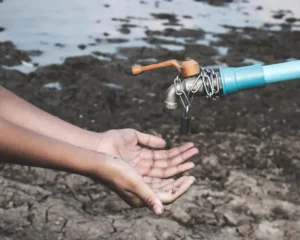
Water sustainability is important for many reasons, including:
- Human survival:
Water is a fundamental solvent on which humans depend for life, well-being, and to sustain their communities. - Socio-economic development:
Water is a critical element of sustainable development that focuses on meeting the needs of all people today in a way that does not undermine the ability of future generations to meet their own needs. - Ecosystems:
Water is one of the bases of ecosystems, including both aquatic and terrestrial ones. - Climate change:
By implementing measures that promote sustainable water management, we can make the planet breathable and facilitate climate change mitigation actions. - Disease:
Water can have a worldwide deleterious health impact.
Unsustainable water practices can have many negative impacts, including:
- Contaminated water
Surely damages aquatic life, causes biodiversity loss, and affects downstream areas. - Excessive irrigation
Results in erosion, transport of nutrients, pesticides, and herbicides, amount of water that flows naturally into streams and rivers reduction. - Ecosystem degradation
Different human activities like deforestation, urbanization, and overfishing are the main factors that have been responsible for disrupting marine and land ecosystems.
Innovative Technologies for Water Conservation
Here are some innovative technologies for water conservation:
- Smart irrigation systems
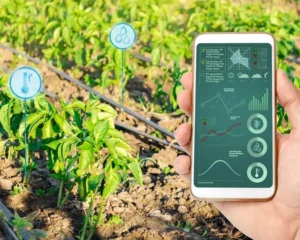
Use data and sensors to check the amount of water that plants require. - Rainwater harvesting
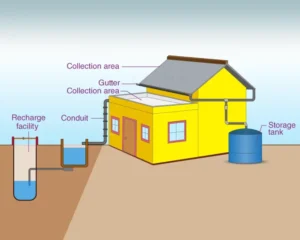
Use rainwater harvesting techniques by installing roof gutters and water storage tanks in tanks, deep pits, or groundwater recharge. - Drip irrigation
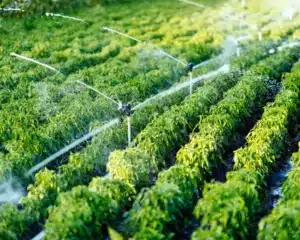
Deliver water right into plant roots through pipes, valves, tubing, and drip lines. With this method, a lot of water loss due to runoff and evaporation is reduced, therefore ensuring that farms use only half of the amount of water that is used in flood or sprinkler irrigation. - Smart technologies
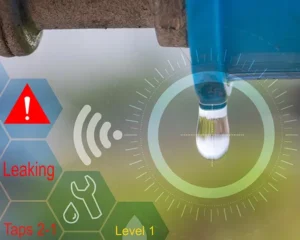
Make use of AI (Artificial Intelligence) and IoT (Internet of Things) sensors to regulate the flow of water, detect leaks, and measure water quality. - DEWA app
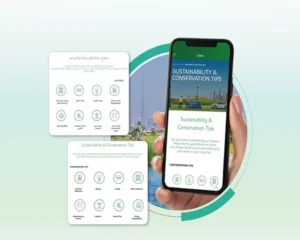
Users can monitor their water intake, detect where they waste most, and be notified when they reach their daily threshold.
For an example of zero waste resource management, see our article on the “World’s First Zero Waste Island Has A Lesson For All Of Us.”
Community Initiatives for Water Stewardship
Community-building projects for water stewardship such as this include the community in the managing, planning, and implementing of water-based programs.
These initiatives can help ensure a more sustainable approach to water management by
- Empowering communities
- Supplying them with the needed resources and information, as well.
- Engaging local communities
- Leveraging their knowledge
- Addressing challenges
Some examples of community-driven initiatives for water stewardship include:
- Constructing check dams
- Deepening ponds
Saving water for future generations requires sustainable water access to be made available to all.
If communities are involved in water management decisions, they will learn to feel that they own and are responsible for water, which reinforces sustainability.
Similarly, this co-ownership can cultivate economically and preserve the resource for the next generation.
For more on creative upcycling of waste, see our article “Turning Waste Water into Resources Is A Viable Opportunity, UN Agrees.”
Policy and Governance in Water Management
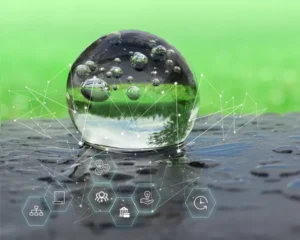
Water governance is a set of political, social, economic, and institutional mechanisms that manage water resources and deliver water services across various constructs of society. Robust policies are important for the five elements that provide safe drinking water:
- A good source
- Adequate treatment
- Secure distribution
- Appropriate monitoring
- Appropriate reaction to the surveys of adverse monitoring results.
Water management is key to sustaining development, ecological health, and the survival of mankind.
It contributes to the improvement of the quality of life, and it is another factor to reduce the global burden of disease and improve the health, welfare, and productivity of the population.
Some innovative water management techniques include:
- Water harvesting
- Desalination with renewable energy
- Water reuse
- Smart water management
- BGI
Some examples of successful water management strategies include:
- Water Resources Management
The pathway of governance of water resources, including water quantity and quality, throughout all water use sectors. - Stakeholders’ Participation
The major stakeholders that play critical roles in sustainable water resource management are the general public, scientists, decision-makers, and tool developers.
Educational Campaigns and Public Awareness
Education and public awareness campaigns can help promote water conservation behaviors in several ways:
- Education
It is possible to make people realize the value of water conservation by educating them on how to save water, the causes of the water crisis, and the negative impact on our lives when we waste water.
In this way, it can also teach people how to adopt sustainable practices for water at their homes, e.g. to collect rainwater and install water-efficient fixtures. - Public awareness
Awareness campaigns can help in addressing the problem at the root by educating people and raising their awareness by sharing the right information and information.
Campaigns also create information for people about the scarcity of water resources and the fact that they need to use water conservatively. - Involvement
Incorporating community engagement activities into the student experience is a great way for them to become more aware of such issues. - Tangible action
Campaigns will do a better job if the follow-up is given in the form of installing water-saving devices or waterways cleaning. - Media
Studies show that problem-based initiatives are most effective when they utilize a wide array of precise media, both traditional and social media, to access the audience, lower cost and attain more results.
Challenges and Opportunities Ahead
Water scarcity is a worldwide problem that impacts tens of millions of people exposing them to induced harmful effects as well as countless flora and fauna habitats.
Some challenges and obstacles to global water sustainability include:
- Water scarcity
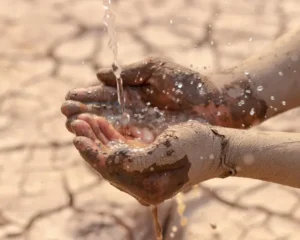
The rate of population growth, urbanization, and poor water management have been the notable contributors to the decrease of freshwater resources. - Water pollution
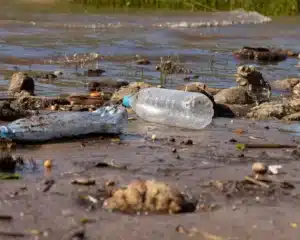
Pollutants lead to loss of usability of water and pollution of and fish kill in which fish provide an important source of protein for many people. - Climate change
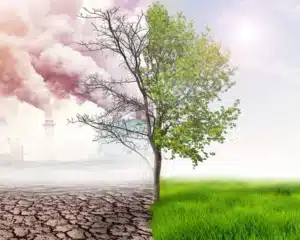
The complex ways in which climate change affects water security vary widely but may include threats such as droughts, sea level rise, and others. - Low water quality
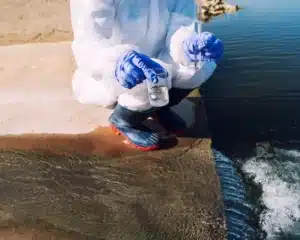
Water quality has been labeled as one of the leading issues in society throughout the world as the 21st century unfolded its way.
Here are some possible solutions:
- Water harvesting
Making it rain in houses and building them with the techniques we usually use to gather and save rainwater can also be helpful. - Water reuse
Using the kitchen drain water for planting can aid this. - Desalination
The operation of taking out salt and impurities from seawater or brackish water to achieve “freshwater” drinking or irrigation quality. - Water management approaches
Water management approaches should be viewed in conjunction with the application of precision agricultural technologies to attain water use efficiency. - Innovative water management techniques
Water management techniques such as water harvesting, desalination powered by renewable energy, water reuse, smart water management, and BGI have different approaches to water management. - Transboundary cooperation
The sustainable management of shared water bodies does transboundary cooperation.
Nurturing Drops of Hope
Highlighting the role and the need for collective action and innovation in sustainable water management is vital. Water is the most important resource which is a complete necessity for living. We need to work together to preserve it.
Collective action may give us the possibility to reach the same results, for example, reducing water consumption, purity of water, and access to clean water. Innovation would then make it possible for us to invent new technologies for coping with water challenges.
As individuals, we can all contribute to the scope of creating sustainable water systems.
Here are some inspiring stories of people who are making a difference:
- In India, the CEEW is trying to refine water governance and management.
- In the US, within the Waterkeeper Alliance, water resources are being protected and restored.
- In Africa, the African Water Association is dedicated to ensuring that the communities have an uninterrupted supply of clean water and sanitation.
What is shown here is just a small number of actors who are engaged in the pursuit of water sustainability, and this is just a small part of the great number of people and organizations that are active in the field.
We can all borrow the energy of these dedicated individuals and become an additional force in the struggle to establish a water-secure environment.
Ready to make a positive impact in the world?
UPDEED is the place for you. Our free and open platform is filled with inspiring stories from individuals and organizations who are making a difference in their communities and beyond. Connect and collaborate with like-minded individuals from around the globe on UPDEED, and discover your own potential to create meaningful change. Join our community and make a difference.





